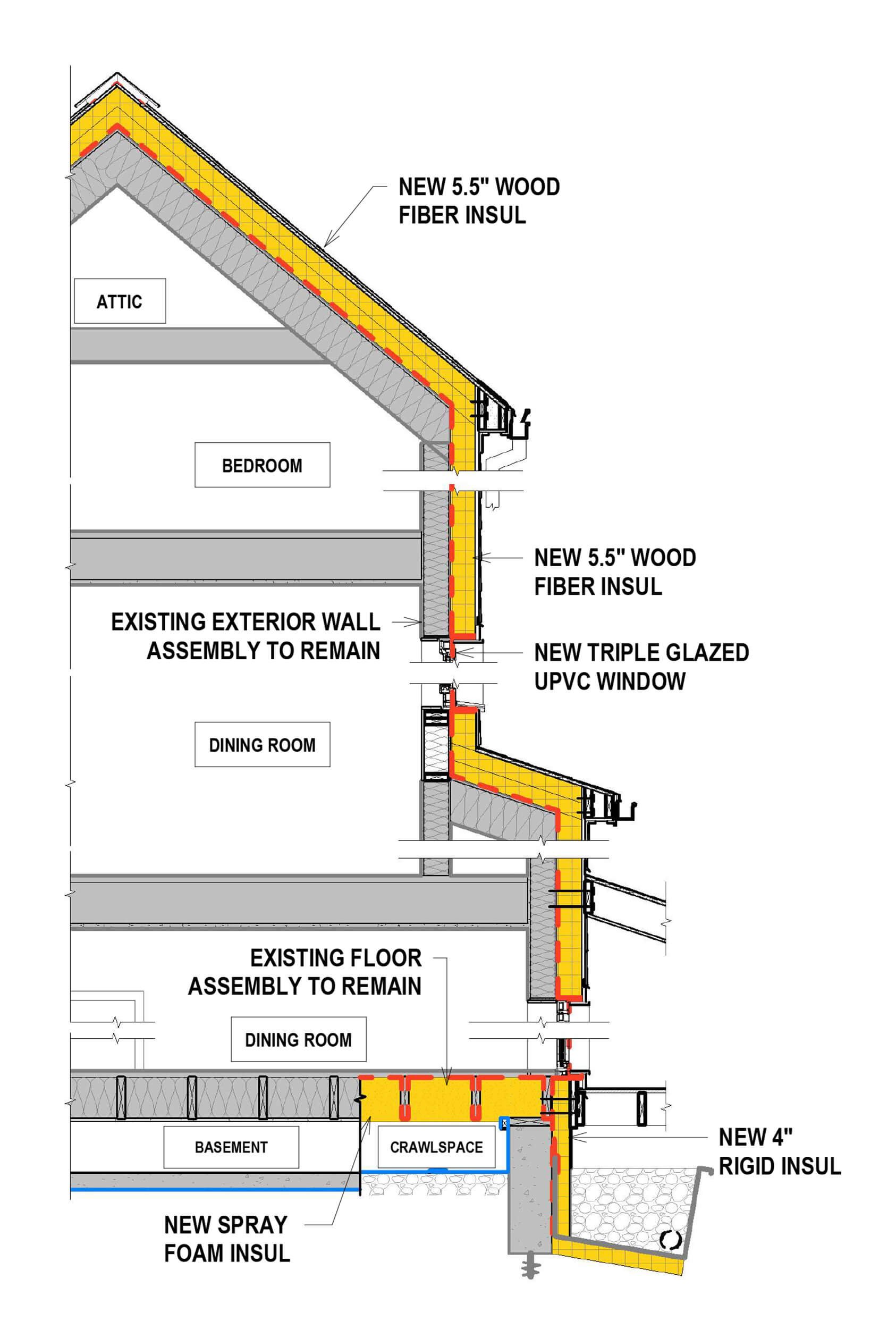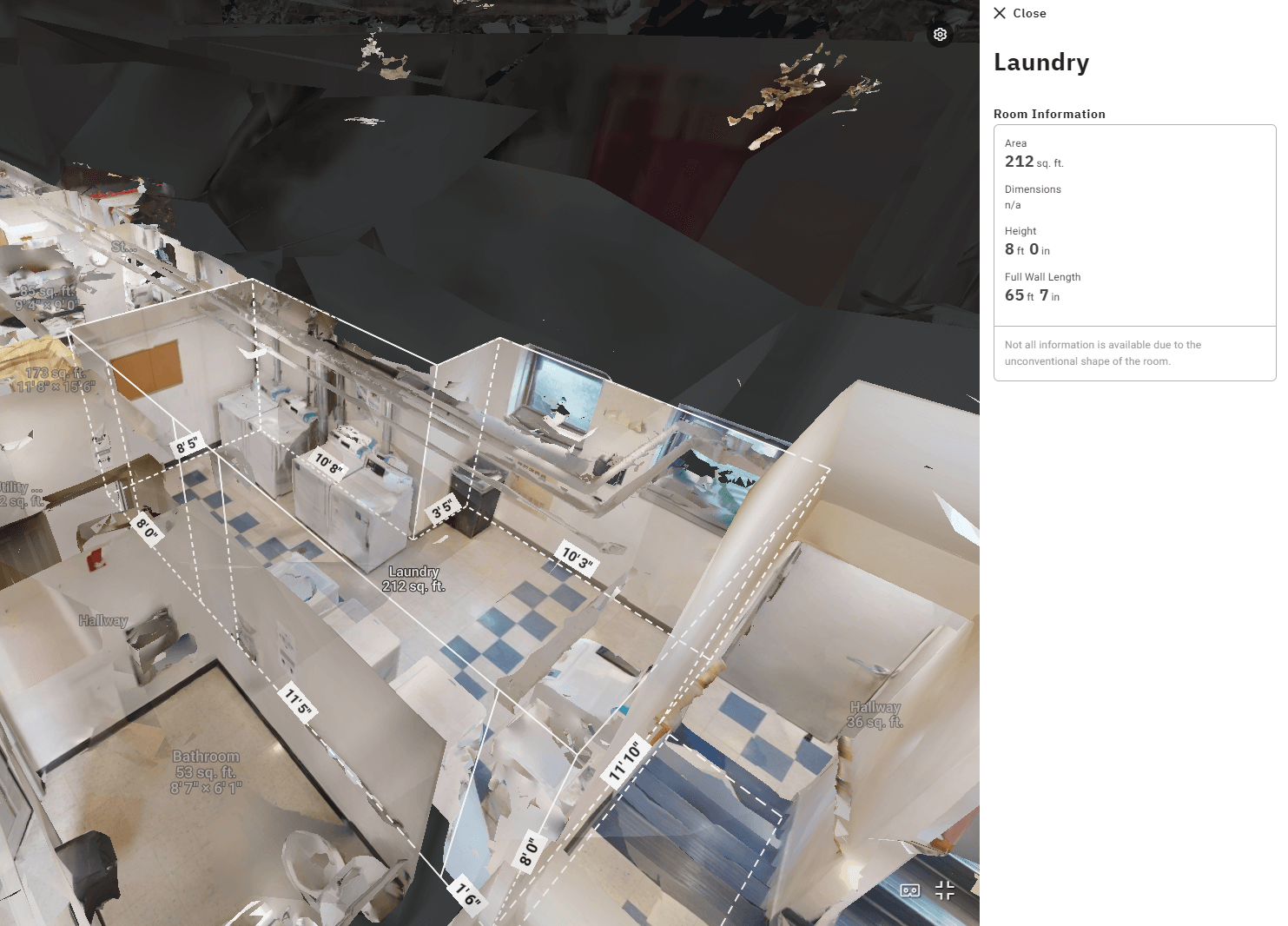Brian J Honan Apartments
Location: Boston, MA
Client: Allston Brighton CDC
Completion Date: 2025 - 2026
Project Type: Multi-family, Deep Energy Retrofit
Status: Feasibility Phase
Project Overview
This complex of 50 dwelling units, spread across 9 structures, was originally built in 2005. Due to significant exterior water infiltration issues, it now requires substantial renovations, making it an ideal candidate for a Deep Energy Retrofit (DER). Our firm, OFA, is leveraging experience from similar DER projects to implement a high-performance thermal envelope and new all-electric systems for heating, cooling, hot water, and ventilation.
Key Collaborations
Rocky Mountain Institute (RMI) is supporting this initiative as part of their "1,000 Apartment Challenge" for DER renovations in Massachusetts in 2024. Additionally, the Boston Mayor's Office of Housing has committed $1.5 million in funding to this project, reinforcing the city's commitment to preserving affordable housing through sustainable retrofitting.
Project Goals
Minimize Tenant Disruption: Work closely with the owner and preconstruction advisors to ensure that tenant relocation is limited to no more than 3-4 weeks.
High-Performance Thermal Envelope: Strip exterior walls and roofs down to sheathing, air seal, and insulate with locally-sourced, rigid wood fiber insulation. Finish walls with rainscreen lap siding and roofs with new shingle roofing.
Upgrade Windows and Doors: Replace all windows and doors with high-performance products to enhance insulation and overall envelope performance.
Comprehensive Thermal Insulation: Insulate basement walls, crawlspace ceilings, and the underside of small cantilevers to create a complete thermal envelope.
Efficient Heating and Cooling: Replace gas-fired boilers with high-efficiency heat pump units for heating and cooling.
Advanced Hot Water Systems: Install heat pump water heaters using CO2 as a refrigerant for domestic hot water.
Enhanced Ventilation: Ensure all units are mechanically ventilated to maintain healthy, thermally-stable environments.
Use advanced 3D scanning technology to get an accurate picture of existing conditions, reduce site visits, and aid in collaboration between engineers.
Conclusion
This project represents a significant step forward in sustainable housing renovation, aiming to enhance living conditions, reduce maintenance costs, and address existing water issues while ensuring minimal disruption to tenants. Through strategic collaboration and innovative solutions, we are dedicated to delivering a high-performance, energy-efficient housing complex.






